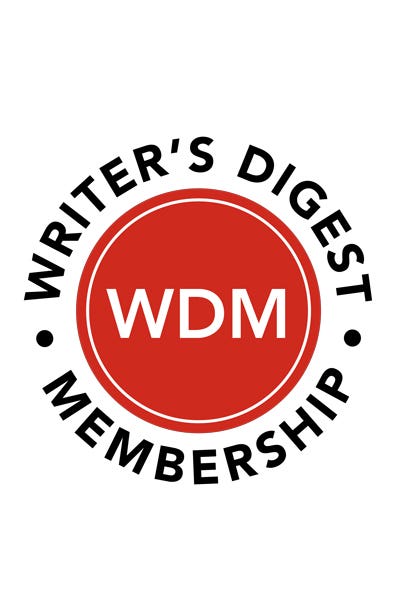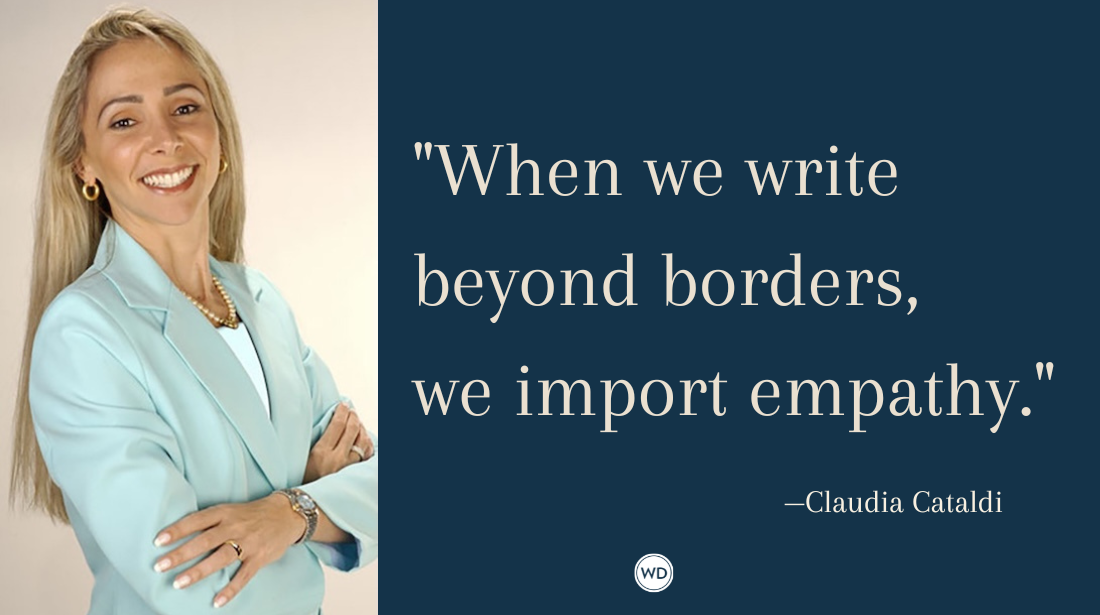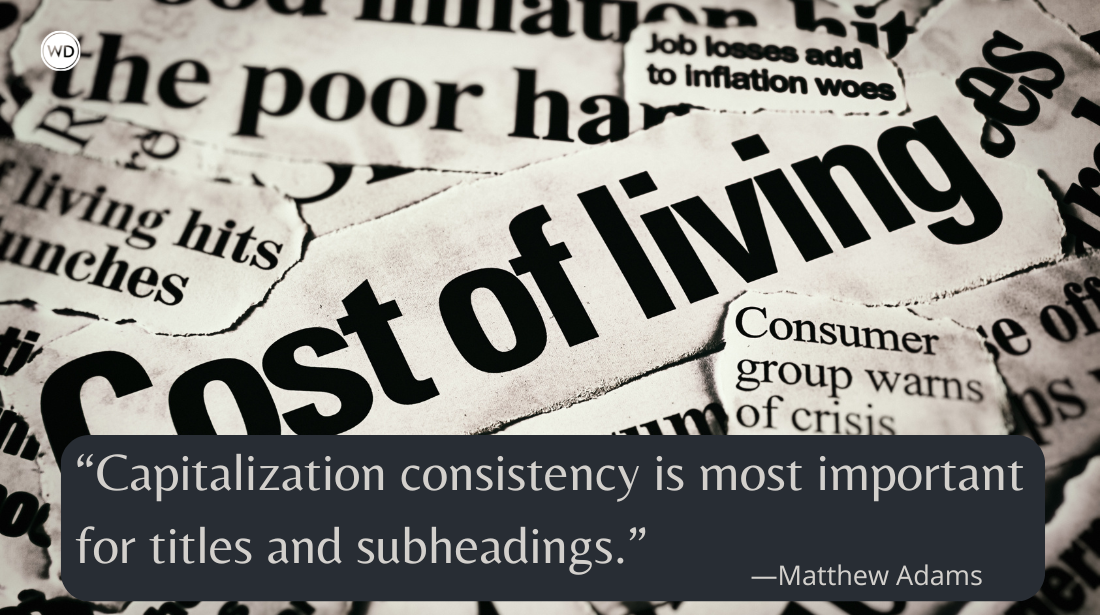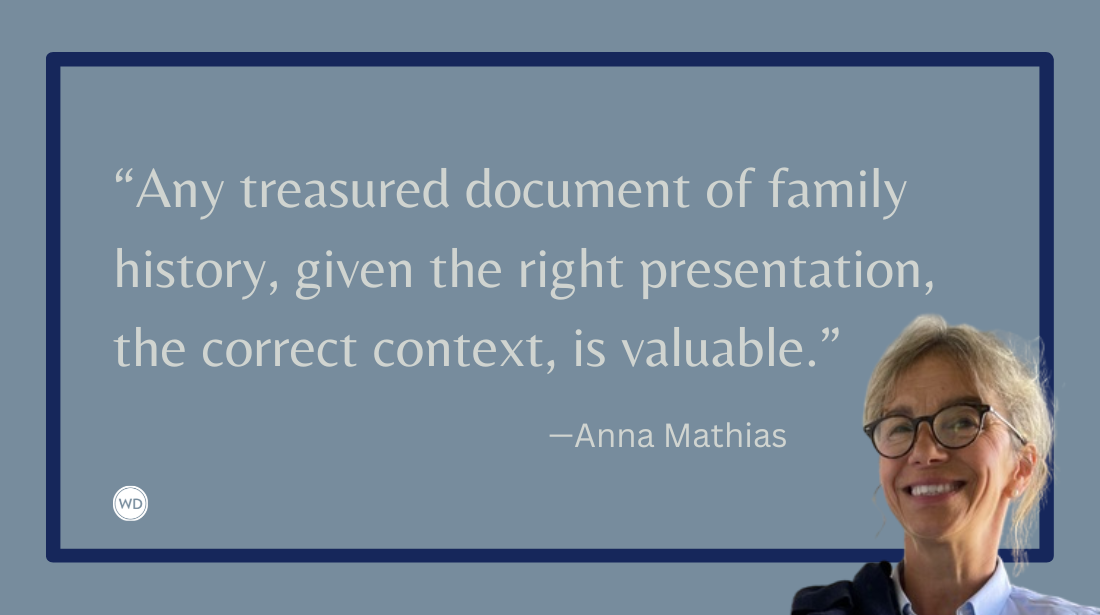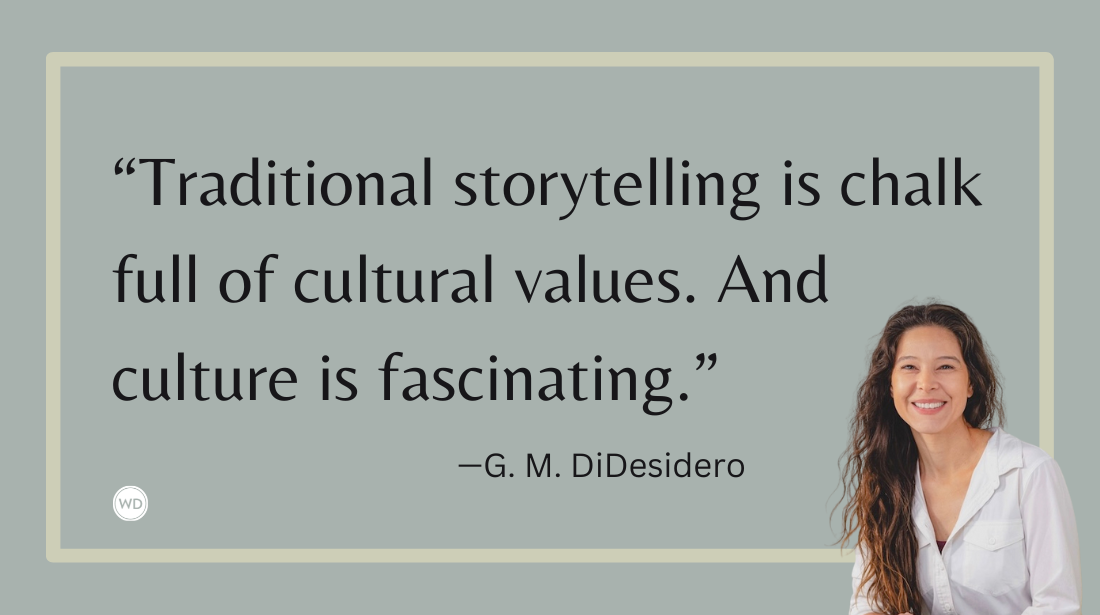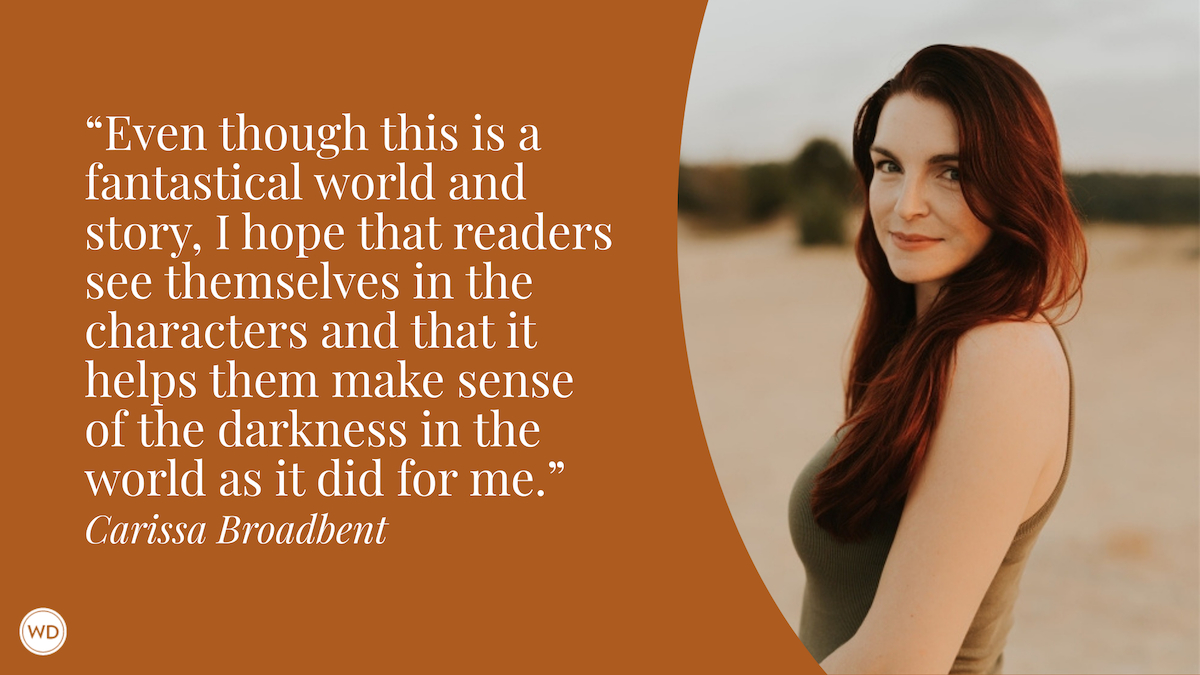7 Essentials for Effective Copywriting
Copywriting principles to apply to any form, from marketing to personal essays.
Whether you’re dipping a toe into copywriting or you’ve found yourself diving in for a refresher, you’re in the right place. The following are foundational wisdoms collected over a decade of experience—principles you can apply for any type of writing.
7 Essentials for Effective Copywriting
1. Focus on the why
If you don’t quickly answer the readers’ primary question, “why should I care,” then you’ll lose them just as fast. Give the audience what they want and need, and appeal to their emotions in the process. How? By zeroing in on the problem they have and backing up how you can solve it with features, benefits, testimonials, facts, and examples. Focus on the why, then substantiate it with your value propositions.
Acknowledge their problem, illustrate the benefits, and mic drop the proof to persuade through pathos, ethos, and logos.
2. Follow structure
Nothing can make your copy look more like storytelling than the structure you follow. From getting the reader’s attention to guiding them through your talking points and encouraging action, the order of your words is just as influential as their meaning, alone.
In general, don’t assume your audience will actually want to read (thanks for being here, by the way). It’s up to you to breadcrumb them along to your point with a gripping logic rooted in psychology. For example, journalism puts the most important information first (i.e., Inverted Pyramid Method), and marketing often uses the AIDA model (Attention > Interest > Desire > Action). There are many formulas for structuring your writing, so find one that works for the context at hand.
Hook, line, sinker. Find a formula instead of starting from scratch.
3. Know the basics
Often overlooked or undervalued, grammar (read: rules of syntax, semantics, etc.) is a writer’s most basic toolkit and the primary vehicle of communicating clearly. When your copy is riddled with grammatical mistakes, you risk credibility and clarity. It’s only in knowing the rules that you may break them, so keep correctness at the forefront to earn the privilege of making stylistic decisions. Learning the rules didn’t end in middle school language arts—continue to Google, read, and learn as you go. (I know I do!)
Don’t let a lack of attention to detail be what distracts from or discredits your bottom line.
4. Eliminate waste
If readers can’t get past the first few sentences, you can guarantee they won’t make it to your call to action. Clarity and conciseness are especially important in certain contexts, like UX copywriting (think: error warnings, button labels) or short-form promotional content (think: emails, social captions).
When forced to write to character count limits, you’ll find just how creative you truly need to become to say the same thing with less. And even when you don’t have a predefined restriction, tap into this principle to build the habit of stripping down wordy sentences.
As someone somewhere on the internet said: “Words don’t bleed. Cut them.”
5. Keep a consistent voice
I like to compare a brand without a voice to macaroni without cheese—bland, forgettable, and pointless. Personality and perspective are key ingredients to writing with an engaging tone. They’re what make your words both magnetic and memorable. Maybe you’re witty, maybe you’re profound, or maybe you still need to figure it out. Once you do, let it lead the rest of the way.
Whether writing on behalf of a brand or yourself, let a voice, values, and language style shine through.
6. Make it look good
Half the battle of getting someone to read the words you’ve pored over is making it easy on their eyes. Just remember: Designers make it legible, but you make it readable. Don’t be afraid of white space, line breaks, skimmable subheads, and bulleted lists—these increase the likelihood of your audience digesting the information.
Just remember: designers make it legible, but you make it readable.
7. Test and refine
When at your disposal, A/B testing gives you insights to refine your words, rather than relying on guesswork and limited qualitative feedback. Compare and optimize subject lines, calls to action, copy length, verbiage, and more to learn what works best for your audience. It might take twice the amount of work to set up, but it’ll reduce the deliberation and increase efficacy down the line.
Testing means more work now for less work later.
More Resources
There are tons of helpful resources online, from Grammar Girl to Hubspot. Even the experts need a refresher on the rules, and we all are guilty of an eggcorn now and again. There’s no shame in searching for the answer or using what others have found effective.
A couple of other places to start might be common writing and speaking mistakes or finding your brand voice. There are countless formulas and ways to fine-tune, so while you build on these better habits, experiment with new styles as you continuously learn.
Erin Butler Woolf is a seasoned marketing copywriter, with a client roster ranging from Big Tech to small startups. She’s authored published poetry and direct response advertising alike, building resonant brands and a versatile portfolio along the way. Get in touch or see more of her work at ErinBWoolf.com.



